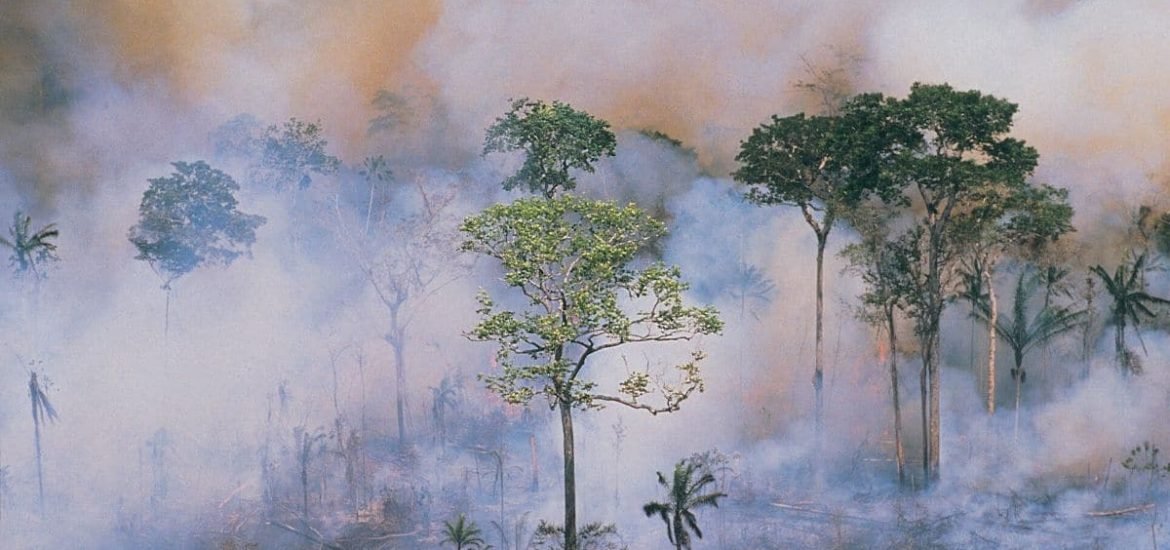
Tropical forests are rapidly losing their ability to absorb carbon from the atmosphere, according to a new study published on 4 March in Nature (1). The new findings suggest the switch from slowing climate change to accelerating it has already begun — decades ahead of even the most pessimistic climate models.
Forests remove carbon the atmosphere in a process known as carbon sequestration. The carbon is stored in trees, often for hundreds of years, until the tree eventually dies. Although intact tropical forests remain a vital carbon sink, senior author Prof Simon Lewis of the University of Leeds said in a statement: “Unless policies are put in place to stabilise Earth’s climate it is only a matter of time until they are no longer able to sequester carbon”.
As part of a massive international effort, the team of scientists from nearly 100 institutions tracked 300,000 trees in 565 undisturbed tropical forests across Africa and the Amazon over a 30-year period. They measured the diameter and estimated the height of each individual tree every few years, then calculated the amount of carbon stored in the living trees versus the carbon released by trees that died. This allowed them to track changes in carbon storage over time. In addition, they used statistical models to estimate changes in forest carbon storage until 2040.
The researchers discovered that the shift from carbon sink to carbon source has already begun, and much sooner than expected. The analysis revealed that the uptake of carbon dioxide (CO2) from the atmosphere by intact tropical forests peaked in the 1990s, at around 46 billion tonnes. However, this decreased by about one-third in the 2010s to 25 billion tonnes.
In other words, removal of 17 per cent of human-made CO2 emissions in the 1990s, compared to a mere 6 per cent in the 2010s. This decrease of around 21 billion tonnes is equivalent to the combined fossil fuel emissions of the UK, Germany, France, and Canada, the authors claim.
What is causing the decline?
The decrease in overall carbon sequestration is mainly driven by the release of carbon from dying trees. Moreover, forests are actually storing less carbon as the climate warms.
Lead author Dr Wannes Hubau, formerly at the University of Leeds and now based at the Royal Museum for Central Africa in Belgium, explained: “Extra carbon dioxide boosts tree growth, but every year this effect is being increasingly countered by the negative impacts of higher temperatures and droughts which slow growth and can kill trees”.
“Our modelling of these factors shows a long-term future decline in the African sink and that the Amazonian sink will continue to rapidly weaken, which we predict to become a carbon source in the mid-2030s”.
This downward trend is incredibly worrying, especially since most climate models assume the world’s forests will continue to sequester carbon for many decades to come. Co-author Prof Bonaventure Sonké from the University of Yaounde I in Cameroon said: “The speed and magnitude of change in these forests suggest that climate impacts in the tropics may become more severe than predicted”.
“African countries and the international community will need to seriously invest in preparation for ongoing climate change impacts in tropical regions”.
Carbon budgets and emissions targets will need to be reassessed and threats such as deforestation and wildfires must be immediately addressed.
(1) Hubau, W. et al. Asynchronous carbon sink saturation in African and Amazonian tropical forests. Nature (2020). DOI: 10.1038/s41586-020-2035-0